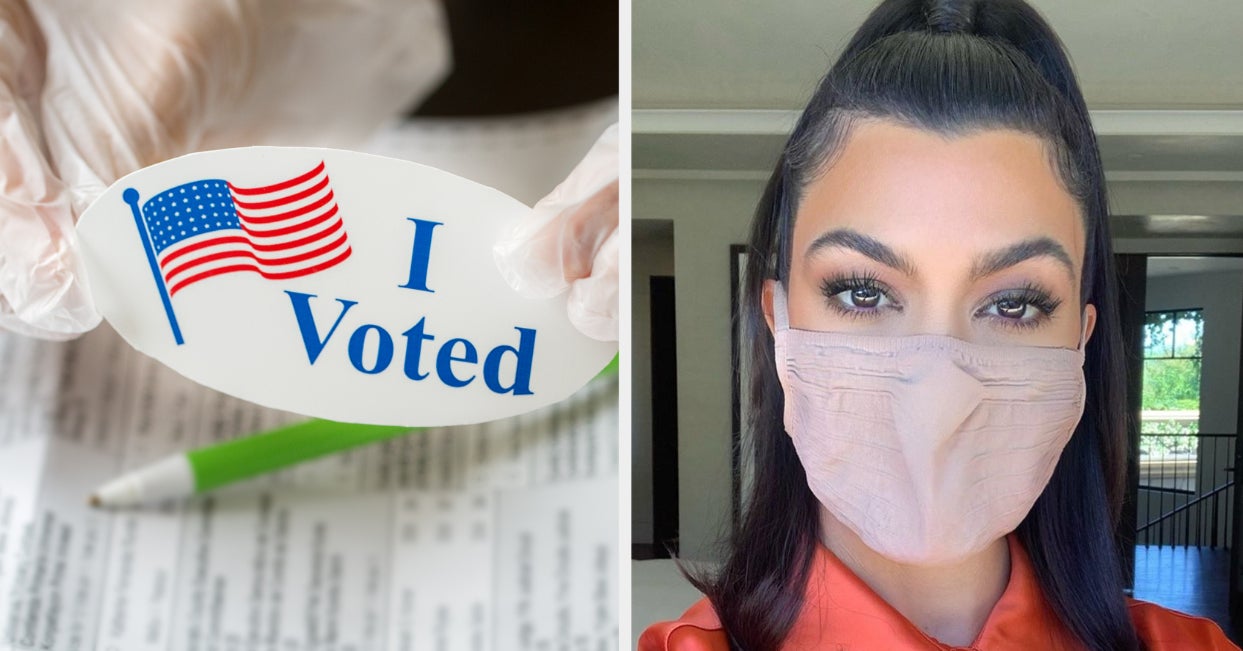Is Covid testing on your shopping list?
Costco, a popular wholesale store with locations across the US, has announced that it will sell a direct-to-consumer diagnostic test for Covid-19, joining a growing list of retailers providing diagnostic tests.
Kent Sepkowitz writes that even though at-home Covid-19 tests will now be available at a number of retailers, it does not necessarily mean testing will get faster or more accessible.
But there are problems with the program, starting with the cost. The test is not cheap, especially for those looking to test themselves and family more than once. At Costco, the kit costs $129 for the most basic version and $139 for the fancy version that includes video instructions. Federal law mandates that private insurers, Medicare, and Medicaid cover Covid-19 tests without any cost to the patient. Whether they will pay fully for a more bells and whistles program such as that provided by Costco likely will vary plan to plan.
That price is actually cheaper than buying the at-home kit directly from AZOVA, the company that administers the program, which charges at least $20 more. AZOVA is also encouraging pharmacies to offer the kits. In a blog entry titled, “Four ways to generate revenue when you offer Covid-19 testing in your pharmacy and on your website,” lists some tips on how pharmacies can maximize profits, including receiving a $22 to $29 administration fee for in-pharmacy tests and $5 for each test ordered online and conducted at home, noting that “you don’t need to do anything but add a link to your website” to get the five bucks a pop.
As for the speed of the results– sorry, you’ll have to wait at least a couple days. The term “home test” evokes the home pregnancy test approach where the wait for the big reveal is measured in minutes. However, for the Covid-19 test, the “home” refers only to where you collect the specimen, not where you run the test. This is performed by a lab reached by (hopefully) overnight mail.
AZOVA promises a result by email one to three days after receipt of the kit in an approved lab. But there is an additional lag in the time of one to three days for the kit to be delivered to you at home if you order it online. In other words, order on Monday and get your test result at the earliest on Wednesday but as late as the weekend. (Costco advertises a slightly quicker turnaround between ordering the kit and receiving it at your home.) So those who would want to use the test for assurance prior to seeing the family or returning to the office need to plan many days in advance.
Compare Medicare Plans Now
Which Brings us to accuracy. The involved companies claim the test is excellent, with the website advertising 98% sensitivity and 99% specificity, meaning almost every case is detected by the test with very few false positives. But we don’t know how accurate a test really is until people have used it in real life conditions, rather than under perfected lab conditions. OraSure experienced this difference when its home test for HIV, once approved, showed a higher false positive rate than clinical trials had shown.
And that was the good old days, before the Trump administration weakened the process for how lab tests can gain emergency use authorization (EUA) through the FDA. In the name of swiftness, the FDA decided to allow qualified labs themselves to determine whether their test worked. No longer is the company’s data subjected to FDA scrutiny prior to issuing EUA. It is possible therefore that some tests that would not have received FDA emergency authorization six months ago are now receiving a greenlight.
Plus, there is the simple fact that a test is performed today may accurately show no infection, but by the time the result is available– days later– the same person may have become infected. The immediacy of the test result, therefore, is crucial for both personal and public health decisions.
So here we are, eight months into the pandemic and still waiting for an accurate, fast, cheap, readily available test– the game-changer first promised in April. The at-home version in its current form may be helpful for worried families but will not be a game-changer from a public health perspective.
But having several companies trying to solve a problem the Trump administration should have resolved long ago, similar to governments in South Korea, China, Germany and other countries, is a faintly hopeful sign.
The collaborating companies seem to understand that basic principle for controlling the Covid-19 pandemic is the same as for every infectious disease: it is necessary to have a rapid and reliable test to identify who is potentially infectious. Otherwise we are simply trying to swat flies in a pitch-dark room, hitting and missing, missing and hitting, with no hope of knowing anything at all about the effectiveness of our efforts. This single profound limitation more than anything else has led us into America’s historic public health catastrophe.
Compare Medicare Plans Now




